Flexible shoes are a must-have for everyday living. Rather than needing to work through a solid outsole or midsole, like with boots, flexible shoes reflect our bodies. They allow the wearer to roll through the toe, mimicking a natural gait.
The way a shoe is designed has broad-spanning implications. The design of a shoe goes beyond the style, even influencing the wearer’s risk of injury.
Flexible shoes in themselves allow for a wide variety of benefits. As for what those benefits are, read on: Below, we have a handy guide on what to look for in flexible shoes.
1. Cushioning
The difference between flexible shoes and stiff shoes comes down to the materials. The upper matters somewhat, as leather, for instance, will be less flexible than knit fabric. However, when moving, we deal as much with the upper. The most crucial part of the shoe when it comes to flexibility is the cushioning on the outsole.
The most critical point to examine is how the shoe affects the forefoot: It should bend to reflect the natural gait of the foot.
Ample cushioning is also essential for the flexibility of the shoe. The best cushioning is adaptive, like classic foams, and responds to the user’s individual needs.
2. Arch support
In all shoes, arch support matters, providing benefits targeted at the arch of your foot. It does what cushioning does in that it can protect your feet. Arch supports also help maintain proper alignment of the whole body — from head to toe.
Arch supports need to be just right. If they are too rigid, they may cause pain and other foot problems. Support that is too weak could result in uneven weight distribution in your feet. Furthermore, you might end up rolling on your toes, which could lead to long-term injury.
You may need specific arch supports beyond what most footwear offers. If this is the case, footwear with extra room or removable insoles may be helpful. Orthotic-friendly footwear is essential when it comes to facing a variety of possible issues.
3. Size
Ensure, no matter your shoe, that its size fits properly. Too narrow, and you risk discomfort and a host of other pain and health issues. Slightly too large, and you may find yourself tripping or bumping into objects with an unnaturally expanded gait.
Shoe width is also crucial when choosing your size. Too narrow, and you put yourself at risk of serious irritation, especially along the ankle. Too wide, and your foot will slide within the shoe. When it comes to long-term foot health, wearing the proper width isn’t merely a matter of comfort: It’s a serious matter in general.
4. Durability
Flexible shoes are chosen for their ability to bend under pressure. However, you should also consider durability when trying out new shoes.
Durability is one of those details that are most up to personal analysis and depends on how you use your shoes. If you exclusively use your shoes to walk or relax in, they’ll last a long time. If you use them mostly for hiking, or if they become your favorite pair of shoes, they’ll get used up.
The average pair of casual shoes last a few hundred miles, translating into half a year to a year. In practice, that number may be higher or lower, which is highly dependent on the materials backing it.
Generally, better materials mean better shoes. If you want an idea of how a given pair may last, it might help to read some reviews. These can provide insights into individual shoes as well as brands as a whole.
5. Traction
One of the most significant factors about flexible shoes is how they improve movement. By allowing a more natural movement of the foot, dexterity gets a boost. People can move more naturally and not worry as much about moving their feet around the confines of their shoes. This leads to improved responsiveness and, potentially, improved traction.
Top-notch grip strength is the hallmark of any worthy shoe. A better grip means that your shoes move with your feet and won’t slip under you. There are many ways that footwear can gain improved traction.
For example, the Athens showcases what better traction can do. This shoe has special traction pods located at the heel and toe of the shoe. In others, it provides the grip needed for walking. Whether you go heel-first or toe-first, the traction pod grips help stabilize you.
Note: Be on the lookout for where the traction is; some locations might suit you better than others.
6. Roomy toe box
A little extra room in the toe box comes with a large number of benefits. Enough so that it’s worth looking for this not only in hands-free shoes but in all the footwear on your wishlist.
What does a roomy toe box mean? For one, it means you have extra space for your toes to splay. This means you won’t have to worry about them getting crushed if you have a long day on your feet.
It means that if you have a hammer toe, bunion, or similar, you should feel more comfy. Squeezing these into too-tight shoes can result in worsening discomfort. The point of flexible shoes is flexibility — they should also be flexible in their accommodations.
7. Accessibility
It’s reasonable to ask the question: Why flexible shoes? Flexible shoes force the feet to do a tad more work when it comes to articulation. Cushioning can make them lighter and easier to wear, but the general shape can help to build foot muscles.
Building foot muscles can often be helpful for athletes to casual wearers. Improved foot and ankle strength can make athletics and everyday life easier, but talk to your healthcare provider before getting started on a regimen.
Adaptability
It all comes down to one thing: Accessibility. Everyone needs shoes, but not every shoe is made for every person. That’s where Kizik comes in, as a trailblazer in the world of accessible, adaptable footwear.
Every style of Kiziks is made totally slip-on. First, because it’s quick. What’s faster: Taking time to tie your shoes or simply sliding them on and getting on with the rest of your day?
Speed isn’t the real reason we make slip-on, laceless shoes. That’s just a convenient benefit. The real reason behind laceless shoes is total accessibility. There’s no reason your footwear should hold you back in any capacity.
How to put on Kizik shoes
With Kizik shoes, there’s just one step in three parts. Slide your feet into your shoes as the bounce-back heel cage folds to accommodate your foot. Once your foot is all the way in, the cage bounces back up without any crushing, bruising, or imprints. The third step is to walk away.
That’s a three-step solution to tying your shoes that takes about as many seconds. It all comes down to accessibility.
8. Style
At the end of the day, you’ll be wearing whatever shoes you select for months or possibly years to come. It’s important that they match you in style.
Do you prefer the performance of quick-drying, highly stretchy knit? What about the expansive longevity, durability, and elegance of premium full-grain leather? It may be that for a unique aesthetic, you want a fusion with an upper made from canvas and suede.
The inner workings of the shoe impact the way you wear it. The material used in uppers and outsoles influences this detail. However, the way it looks in everyday life comes down entirely to external characteristics.
Choosing flexible shoes: Get started here
The worldwide footwear market is massive, reaching 98 billion USD in revenue in the United States alone, and in all likelihood, it will only grow. This burgeoning market makes it all the more important to learn to discern your favorite footwear.
Each of the eight qualities we listed above reflects back on one core value: Quality.
Quality is what inspired the first flexible footwear in an attempt to create a better, more responsive shoe. Quality is part of the value that drives sincere efforts towards accessibility, as well as special considerations of the wearer.
It all comes back to quality, and in this regard, Kizik holds no one to a higher standard than ourselves. The future of casual footwear lies in making everyday gear more accessible, available, and easy to wear. Look no further than Kizik's collection of men’s, women’s, and kids’ shoes to see that exemplary standard in practice.
With the eight recommendations listed above, there’s a lot of value behind flexible footwear.
Sources:
Footwear - United States | Statista
Definition, Bones, and Structure of the Forefoot | Verywell Health


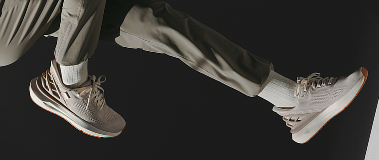
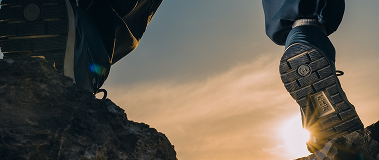

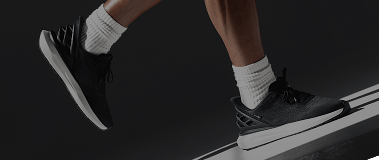
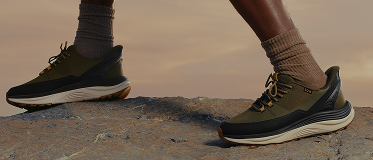
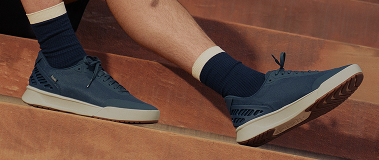
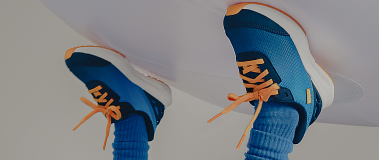
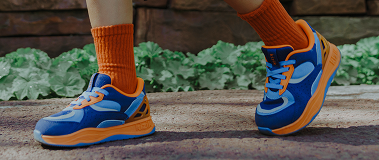
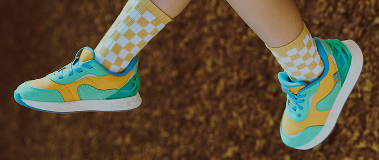




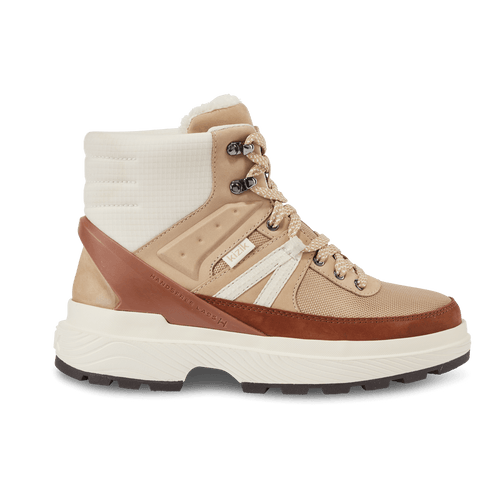
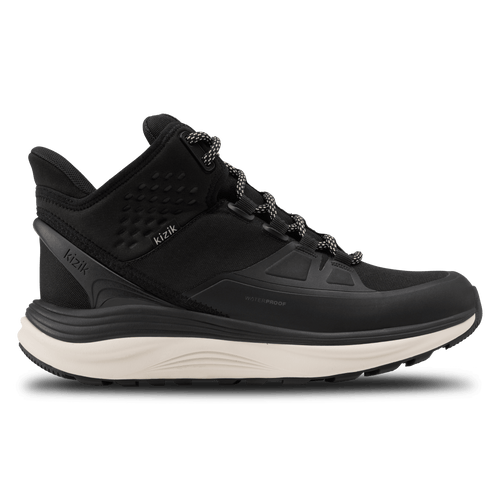





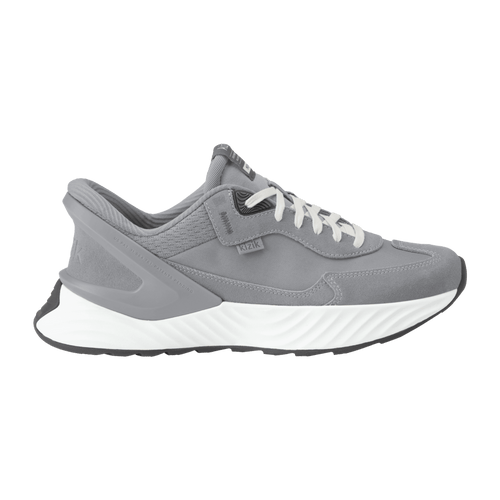


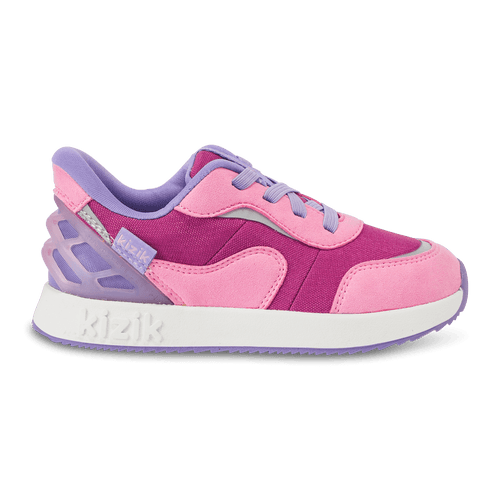



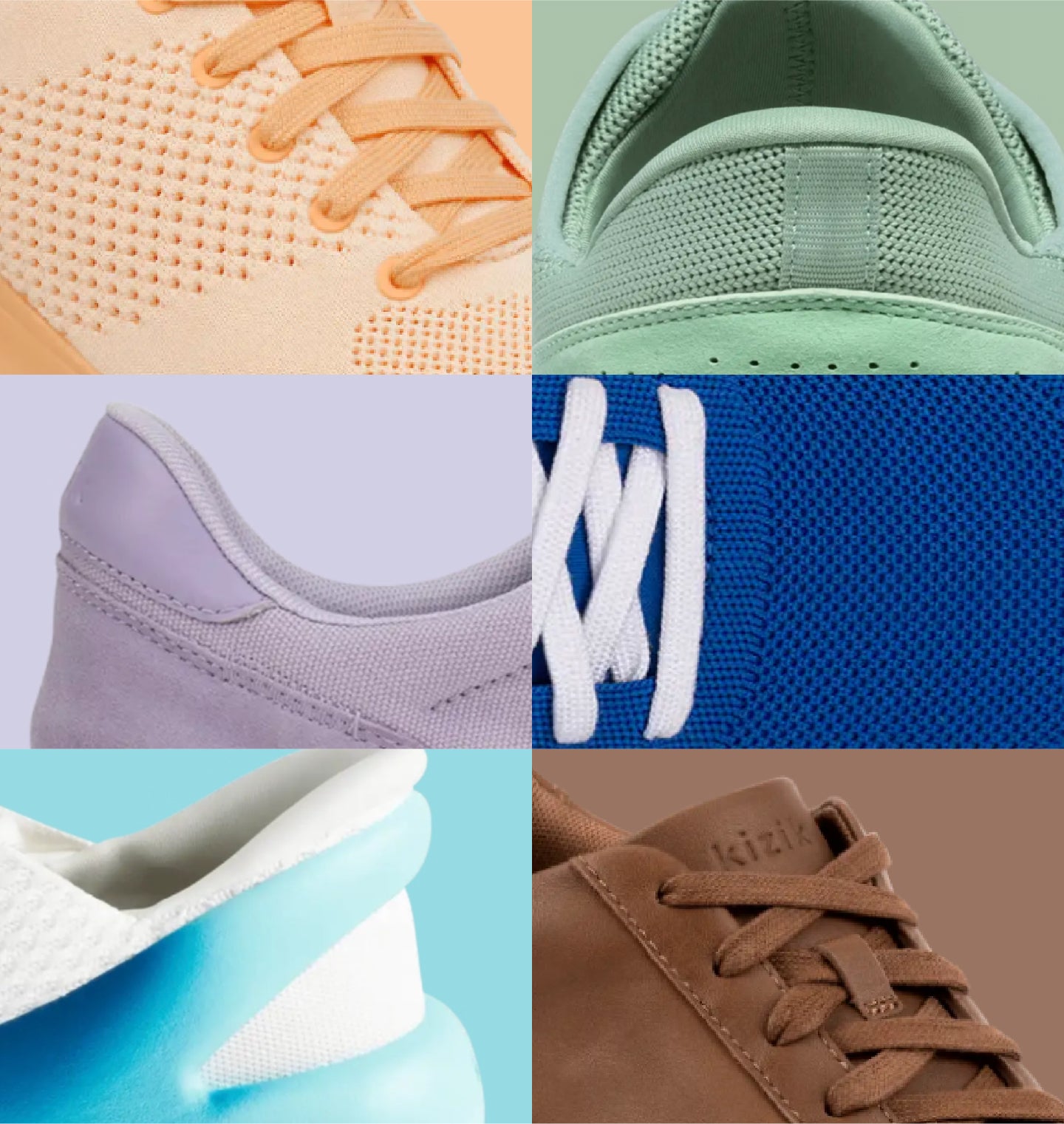
Leave a comment
This site is protected by hCaptcha and the hCaptcha Privacy Policy and Terms of Service apply.